All Research
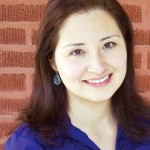
January 17, 2013
New book documents Latina girls, sexualityA UIC sociologist studies young Latinas’ sexual experiences and how they learn about “safe” sex.
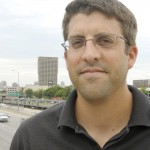
January 15, 2013
Study highlights disparity in workers’ compensationWhite construction workers are awarded higher workers’ compensation settlements in Illinois than Hispanic or black construction workers School of Public Health researchers found.
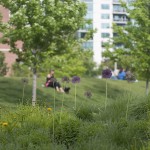
January 8, 2013
City’s Hispanics live farther from natureChicago’s Hispanic neighborhoods have less access to nature and its benefits, UIC researchers say.
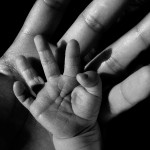
December 18, 2012
Procedures to delay childbearing costlyFreezing eggs or ovarian tissue to delay childbearing for social reasons may prove too costly for society, a UIC analysis says.
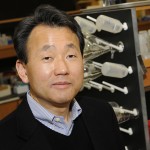
December 18, 2012
Cholesterol plays key role in cellsCholesterol, which has a bad reputation in heart disease, may be important to many cell processes.
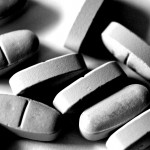
December 14, 2012
Helping pharmacists ensure patient compliancePatients who fail to follow their prescribed treatments cost the U.S. health care system an estimated $100 billion annually.

December 12, 2012
Hispanic neighborhoods less greenResidents of the city’s Hispanic neighborhoods live farther from nature, a UIC study finds.
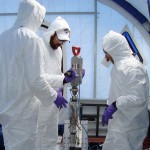
December 5, 2012
Ancient microbes in ice-sealed Antarctic lakeScientists discovered abundant, diverse bacteria in an Antarctic lake under more than 65 feet of ice.
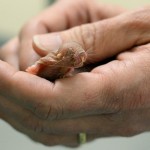
December 5, 2012
Evolution of naked mole-rats may offer clues to pain reliefNaked mole-rats evolved to thrive in an acidic environment that other mammals, including humans, would find intolerable. How these rodents adapted to this environment may offer clues to pain relief for humans and other animals, UIC researchers say.
December 4, 2012
UIC researcher receives $1.6 million grant to study how exercise affects bone strengthBone strength is important to aging well, but we are far from understanding the best way to maintain healthy bone or what kind of exercise might help. The National Institutes of Health has awarded Karen Troy, in the College of Applied Health Sciences a four-year, $1.6 million grant to investigate whether mechanical forces applied to bone can increase bone strength.